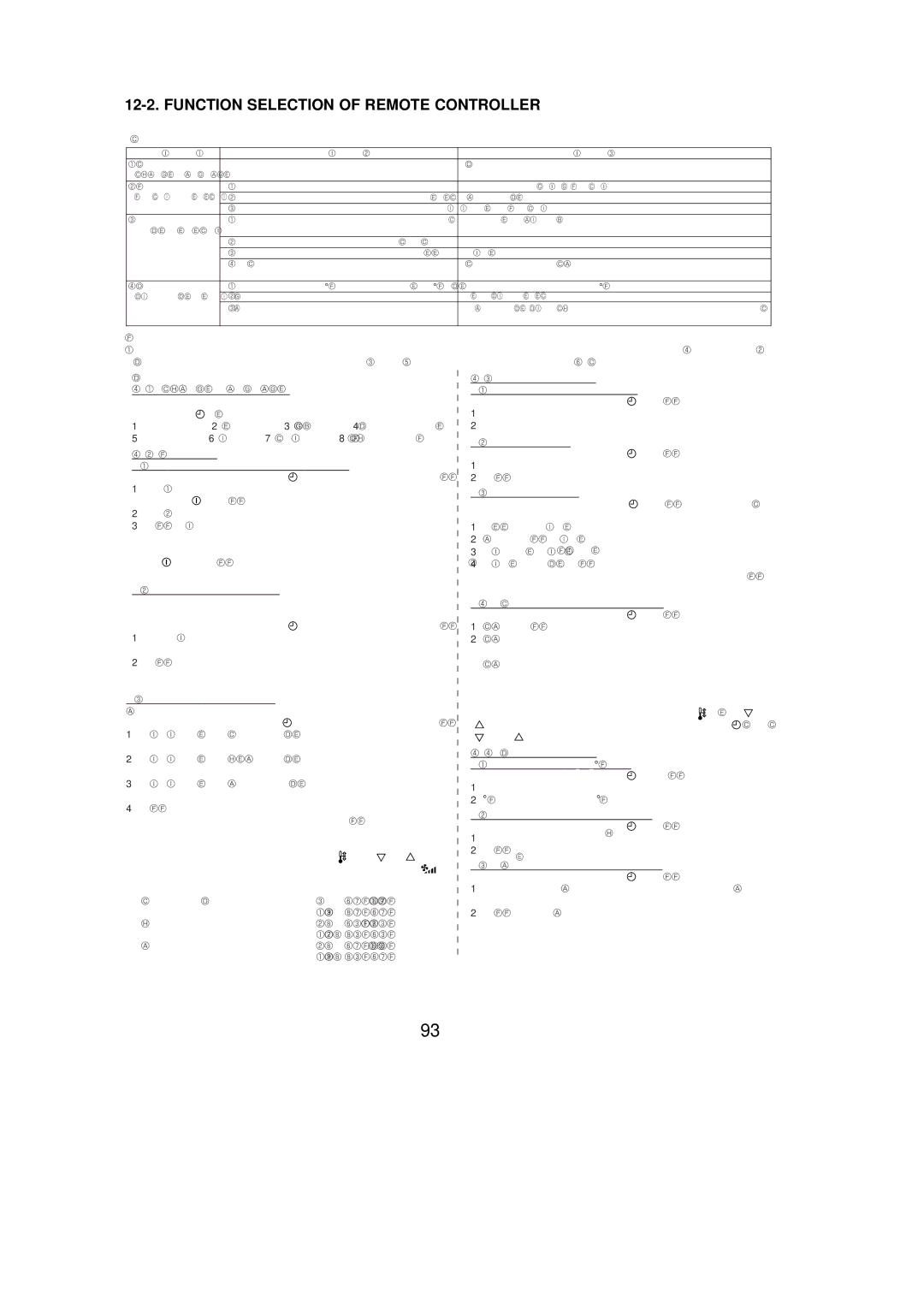PUZ-A36NHA2-BS, PUY-A12NHA2, PUY-A42NHA2-BS, PUY-A30NHA2, PUZ-A36NHA2 specifications
Mitsubishi Electronics has long been a leader in the HVAC industry, and their range of air conditioning units, including the PUY-A24NHA2, PUZ-A24NHA2, PUY-A24NHA2-BS, PUZ-A42NHA2-BS, and PUY-A42NHA2, exemplifies their commitment to innovation and energy efficiency. These models are designed to provide optimal climate control for both residential and commercial applications, ensuring comfort throughout the year.One of the defining features of these models is their advanced inverter technology, which allows for precise temperature control and reduced energy consumption. The inverter technology adjusts the compressor speed according to the cooling load, significantly lowering operating costs compared to traditional fixed-speed systems. This means that users can enjoy consistent comfort without worrying about surging energy bills.
The PUY and PUZ units come equipped with powerful indoor and outdoor components that enable efficient heat exchange. These systems provide excellent performance even in extreme weather conditions, with reliable operation at low ambient temperatures. This capability ensures that you can maintain a comfortable environment, no matter the season.
Additionally, the models are designed with quiet operation in mind. The outdoor units incorporate noise-reduction technology, ensuring that the systems operate at minimal sound levels. This is especially beneficial for residential areas or office environments, where maintaining a peaceful atmosphere is crucial.
Mitsubishi Electronics has also integrated smart technology into these units. With options for remote control via Wi-Fi, users can manage their air conditioning settings from anywhere, using their smartphones or tablets. This integration enhances user convenience and allows for more efficient scheduling and energy management.
These models are also known for their environmentally friendly refrigerants, such as R410A, which contribute to lower global warming potential and align with modern sustainability practices. By choosing Mitsubishi's PUY and PUZ series, consumers not only prioritize their comfort but also contribute to environmental conservation.
In summary, the Mitsubishi Electronics PUY-A24NHA2, PUZ-A24NHA2, PUY-A24NHA2-BS, PUZ-A42NHA2-BS, and PUY-A42NHA2 air conditioning units are equipped with cutting-edge technology, offering energy efficiency, quiet operation, and smart functionality. Whether for residential or commercial use, these units are designed to meet the demands of modern climate control while prioritizing energy savings and sustainability.

